Should You Train In Carbon Plate Running Shoes?
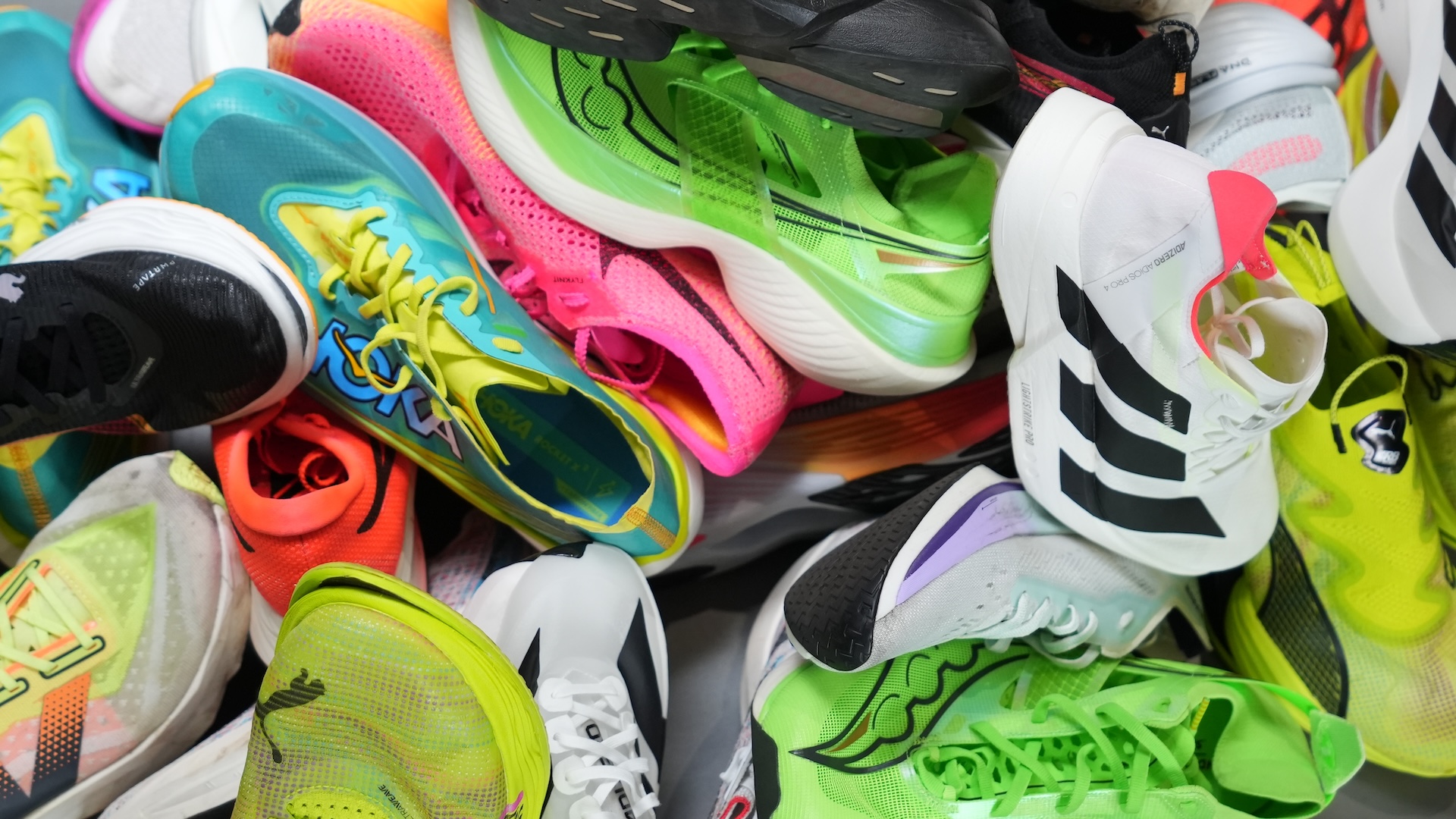
We are in the carbon plate supershoe era of running.
There are very few running records left which were not run in carbon plated shoes, marking a line in running history between pre- and post-supershoes.
That technology has helped runners to get faster on race day, and has also influenced how they can train. But what are the pros and cons of wearing supershoes in training?
WHAT ARE CARBON PLATE RUNNING SHOES?
As the name tells us, carbon plate running shoes feature a rigid plate which sits in the foam in the midsole of the shoe.
When we’re talking about supershoes, it’s the combination of the foam and the plate which makes them super.
The foam used in supershoes is lightweight, high-performance and highly responsive. These foams are typically quite soft and unstable, so the plate gives it structure and helps to maximise the energy return. The plates are typically shaped to help propel runners forward.
Carbon isn’t the only plate material, and some shoes use plastic, nylon and TPU.
Each brand has their own proprietary technology and different plate geometry. Saucony’s plate looks like a fork beneath the toes. Nike’s is reminiscent of a big spoon. Adidas uses carbon rods, which replicate the structure of the foot. They share one thing in common: they all tilt runners forward through their stride to help them run quicker.
With the different foams and different plate shapes, your particular running style may not work with every supershoe. It’s a good idea to try on different supershoes to find the one which is right for you.
HOW DO CARBON PLATE RUNNING SHOES BENEFIT RUNNERS?
This comes down to your running economy. The combination of bouncy and responsive foam, lightweight materials, and the propulsive plate can make you more efficient, which means it feels slightly easier to run faster in supershoes compared to non-plated shoes.
Overall, carbon plate shoes may help runners to be 2-6% more efficient, which translates to several minutes over a marathon. In general they are more efficient when used by faster runners, but can be beneficial for a broad range of runners.
Another benefit is that the energy return in the shoes can help to reduce fatigue in your legs, meaning if you wear them in training, you may have improved recovery time. Though, as we’ll cover below, you shouldn’t wear carbon plate shoes on all your runs.
DO ALL RUNNERS NEED CARBON PLATE RUNNING SHOES?
Carbon plate supershoes don’t work for all runners, and there are many runners who don’t use carbon plate shoes at all.
These shoes are expensive, they mostly benefit faster runners, and they often feel quite different to regular running shoes, so a lot of runners don’t choose to use them, preferring a comfortable daily trainer for all or most of their runs – and there’s absolutely nothing wrong with that.
ARE THERE NEGATIVES TO CARBON PLATE RUNNING SHOES?
The combination of high performance foam and the plate means they are expensive, and it’s now common for race shoes to cost £250/$250 or more, while they may also be less durable than daily trainers.
Carbon plate running shoes can also change your running stride (lower cadence and longer stride with the extra bounce you get from the shoe). The plate geometry tips you forward and along with the responsive foam that can create a different kind of load on the lower body compared to running in non-plated shoes.
Runners may find that because of the stiffness in the shoe they do not let your foot move naturally as it wishes, and it also may lead to you under-utilising some muscles and tendons, while others (like the calf muscles and achilles), can feel more strain. There may be an increase in foot injuries because of running in carbon plate shoes, particularly to the plantar fascia and tendons.
Some of these shoes can feel unstable to run in, which could also affect your feet and ankles.
CAN YOU RUN IN CARBON PLATE SHOES ALL THE TIME?
There is no benefit to wearing carbon plate shoes on slow and easy runs and we don’t recommend it as they can create muscle imbalances in the feet and lower legs.
It’s a good idea to rotate between different pairs of shoes, and save the carbon plates for fast runs and races.
A good shoe rotation includes a daily trainer, perhaps a tempo shoe for faster runs, a trail shoe if you like to go off-road, and a carbon plate shoe if you like to race faster.
HOW SHOULD YOU TRAIN IN CARBON PLATE RUNNING SHOES?
If you want to feel the benefit of a carbon plate in training runs, then only put them on for faster workouts like your intervals and threshold runs, or for longer runs when you’re adding in marathon pace work.
If it’s convenient, then you could do your warm up in non-plated shoes and then swap into the supershoes for just the faster part of your run (this also helps the carbon plate shoes to last longer).
Just doing your faster sessions in these shoes can help you to run more efficiently at quicker paces, and may also come with a benefit of improved recovery from the run.
Many shoe brands have introduced plated training shoes, and ‘super trainers’, which have the performance foam and plate, but at a lower price. These are good options for tempo or workout shoes.
DO YOU NEED TO TRAIN IN CARBON PLATE RUNNING SHOES?
No, you don’t. In fact, by saving your carbon plate shoes for race day it’ll mean you’ve done all your training without the help from supershoes, so you’ll get the full benefit of them on race day – it’ll be like stepping into rocket boosters!
Just make sure you do some test runs in any new shoes to ensure they won’t give you any issues on race day. It’s always good to do at least one longer training run in shoes before a race.
***
Here’s Sarah and James talking about some of the best supershoes of 2024!




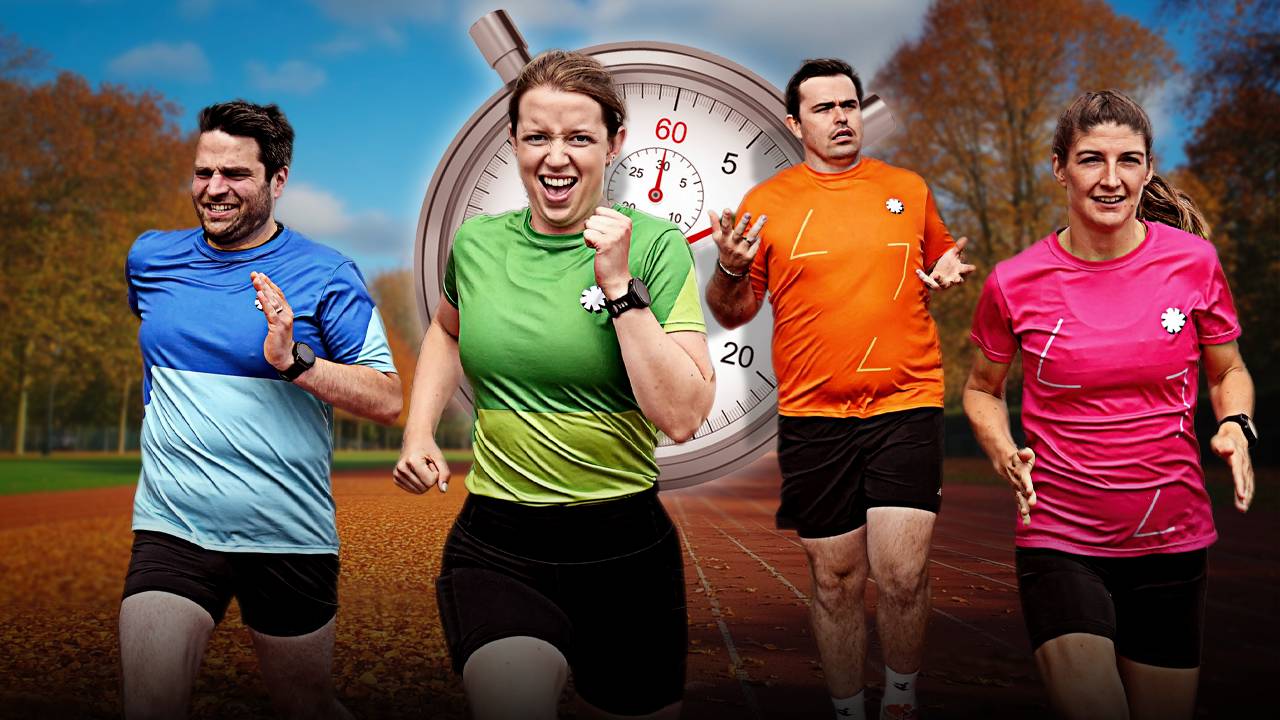

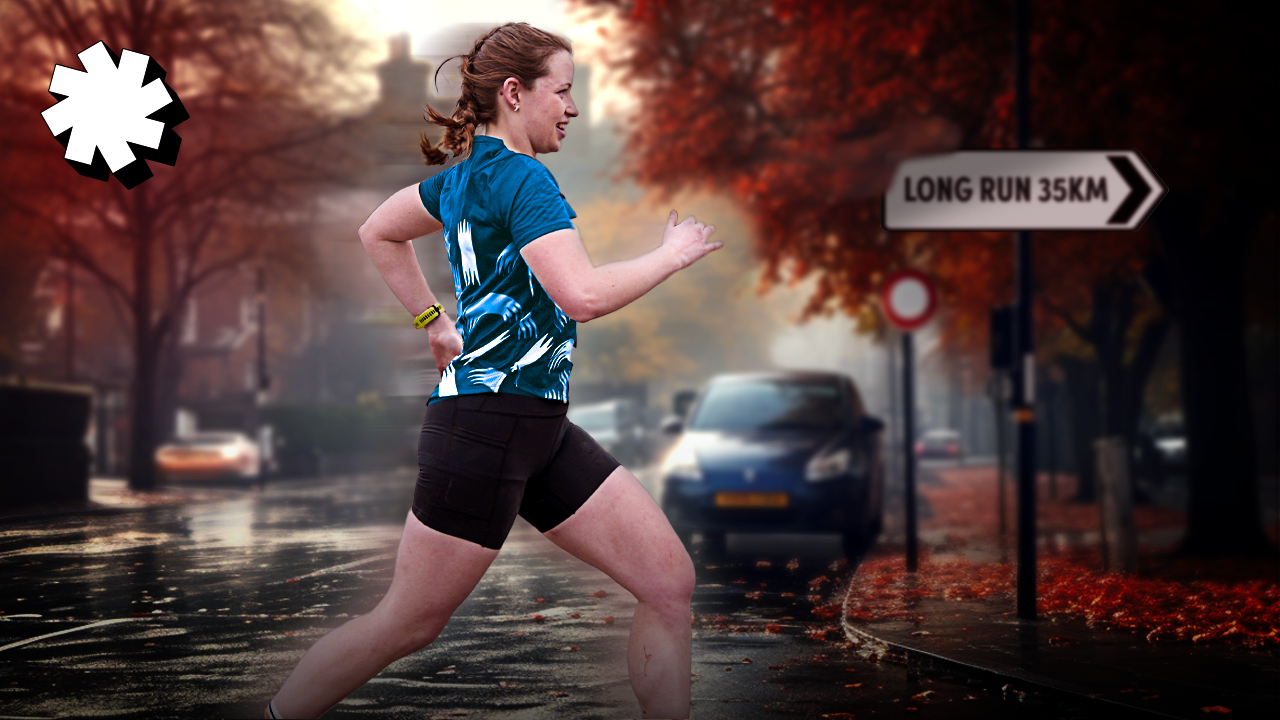
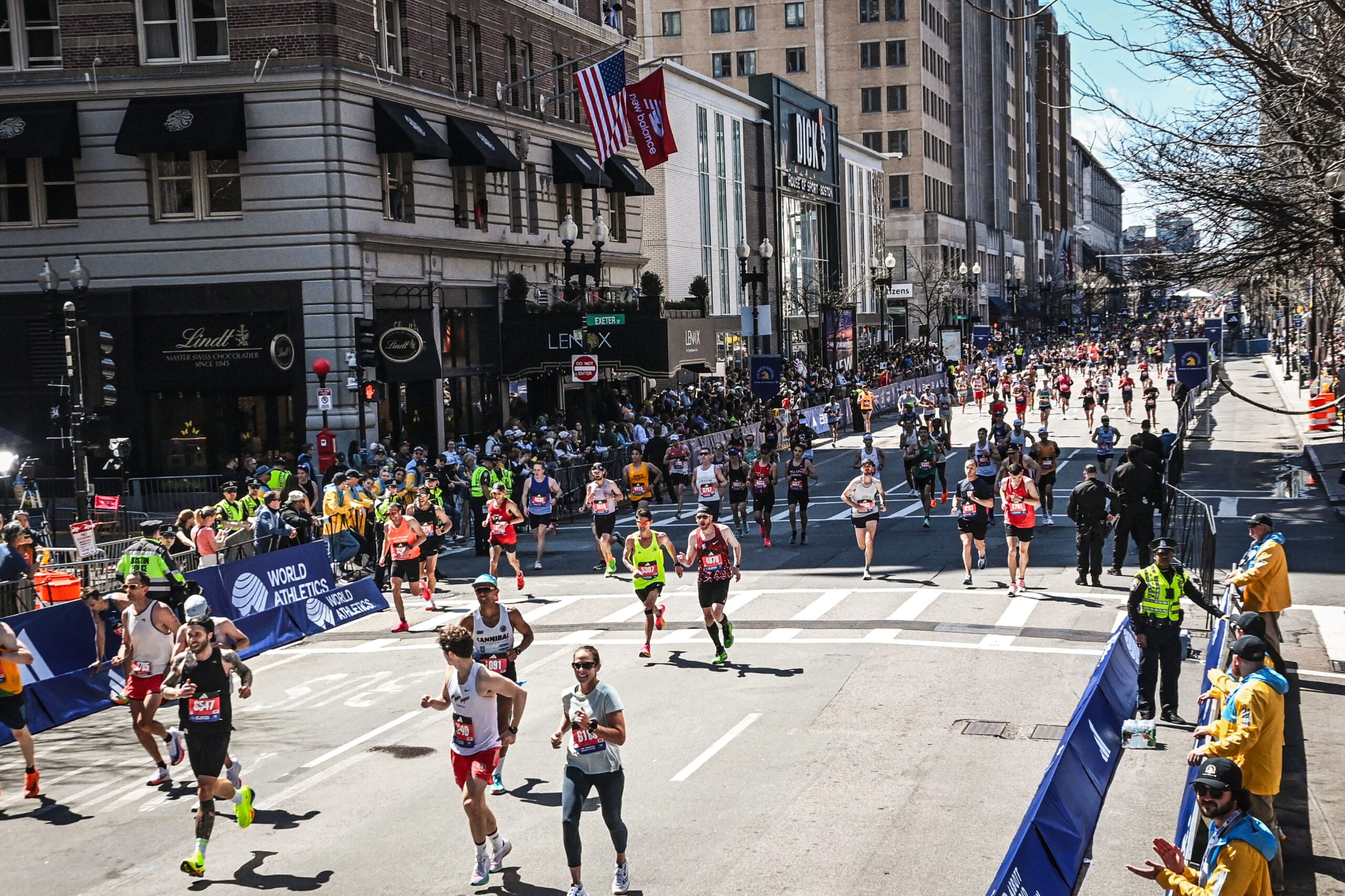
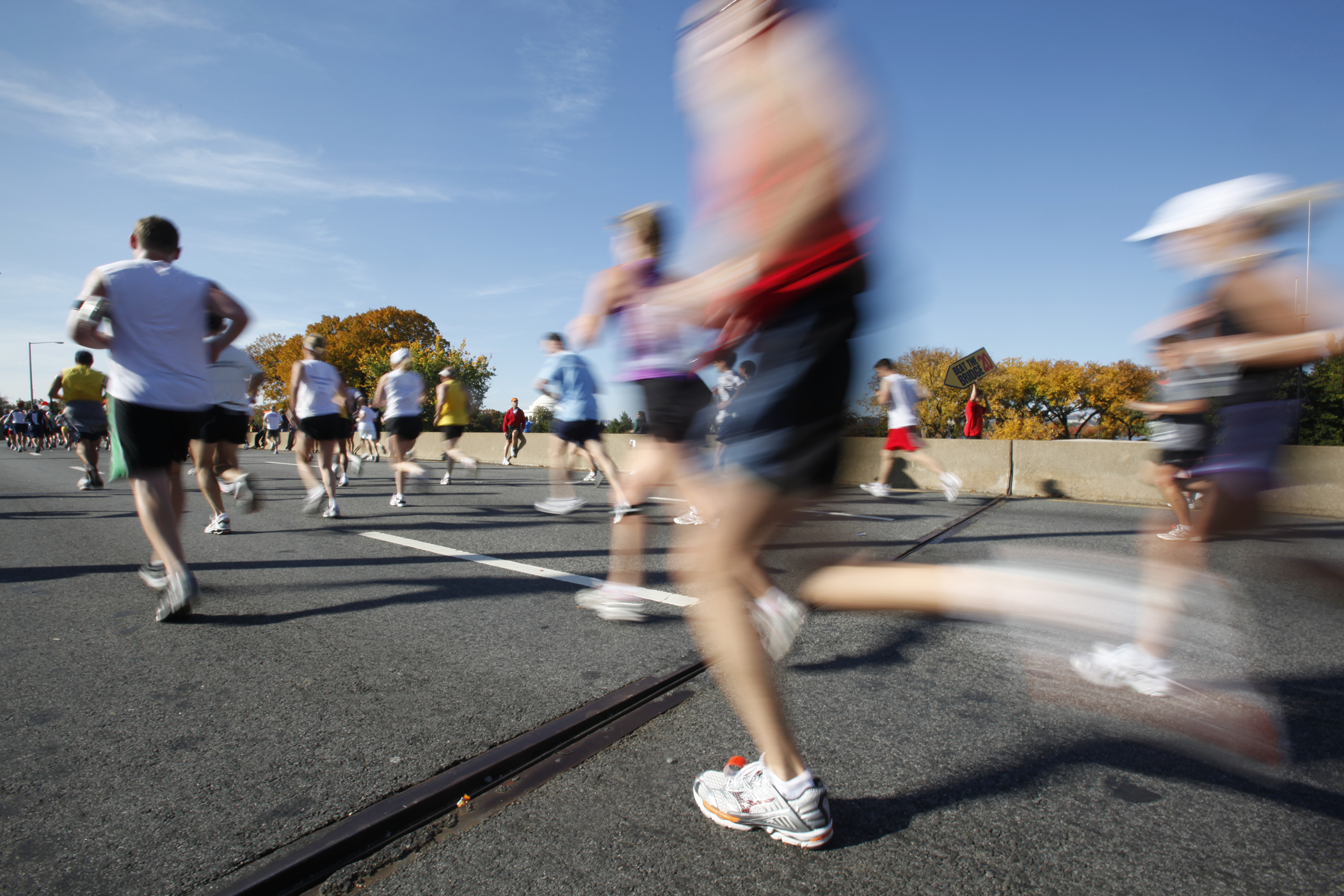

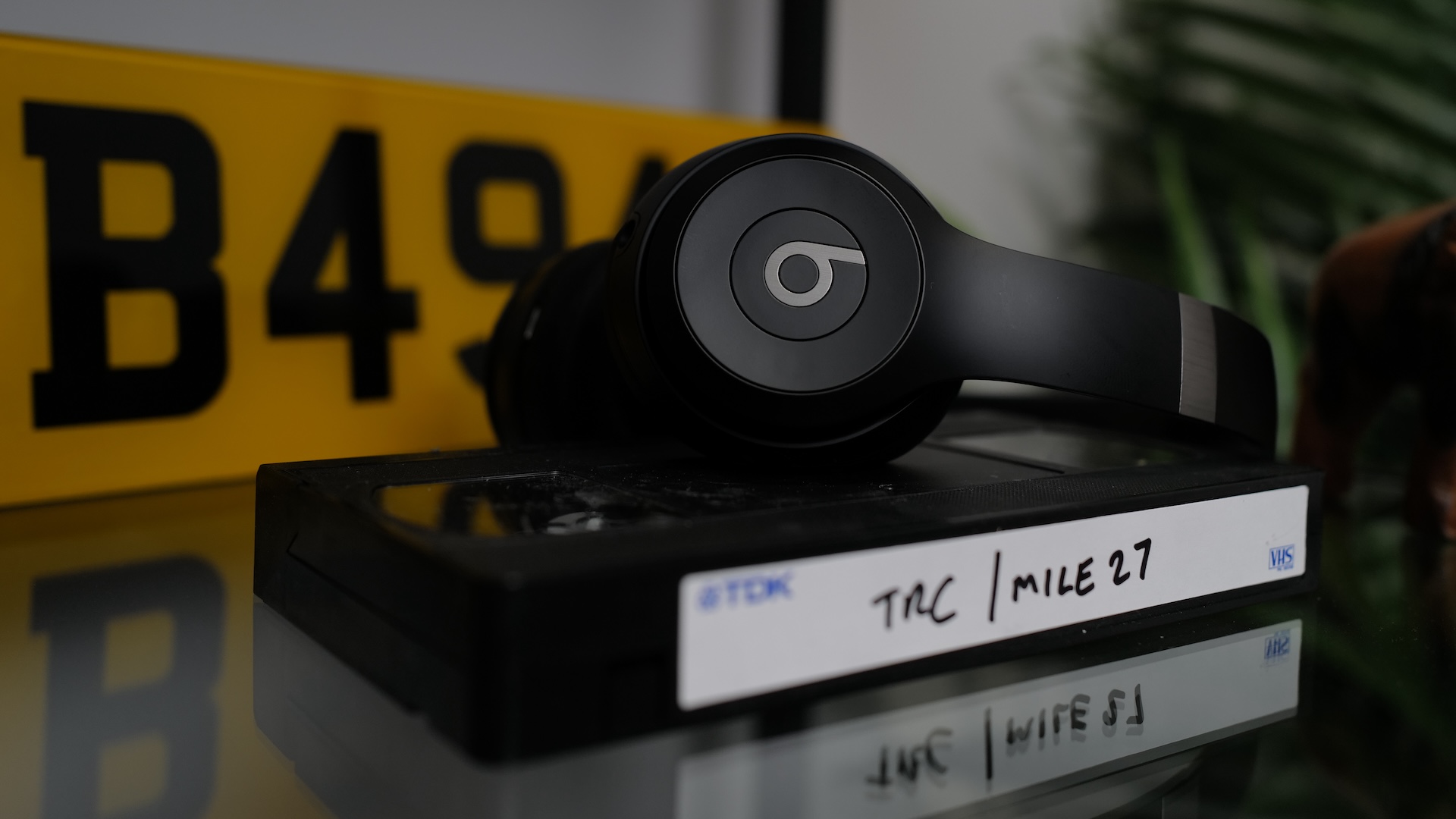

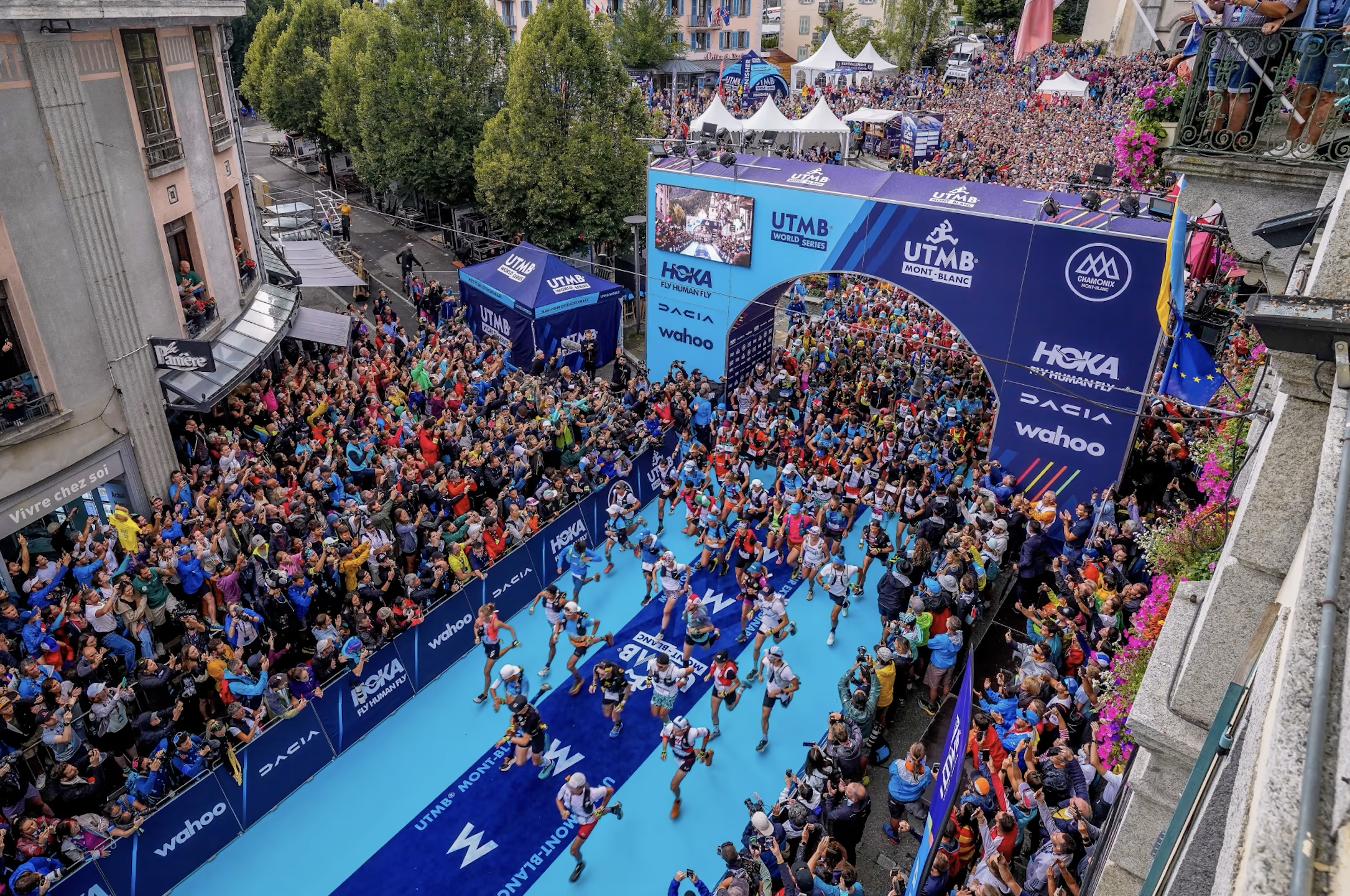
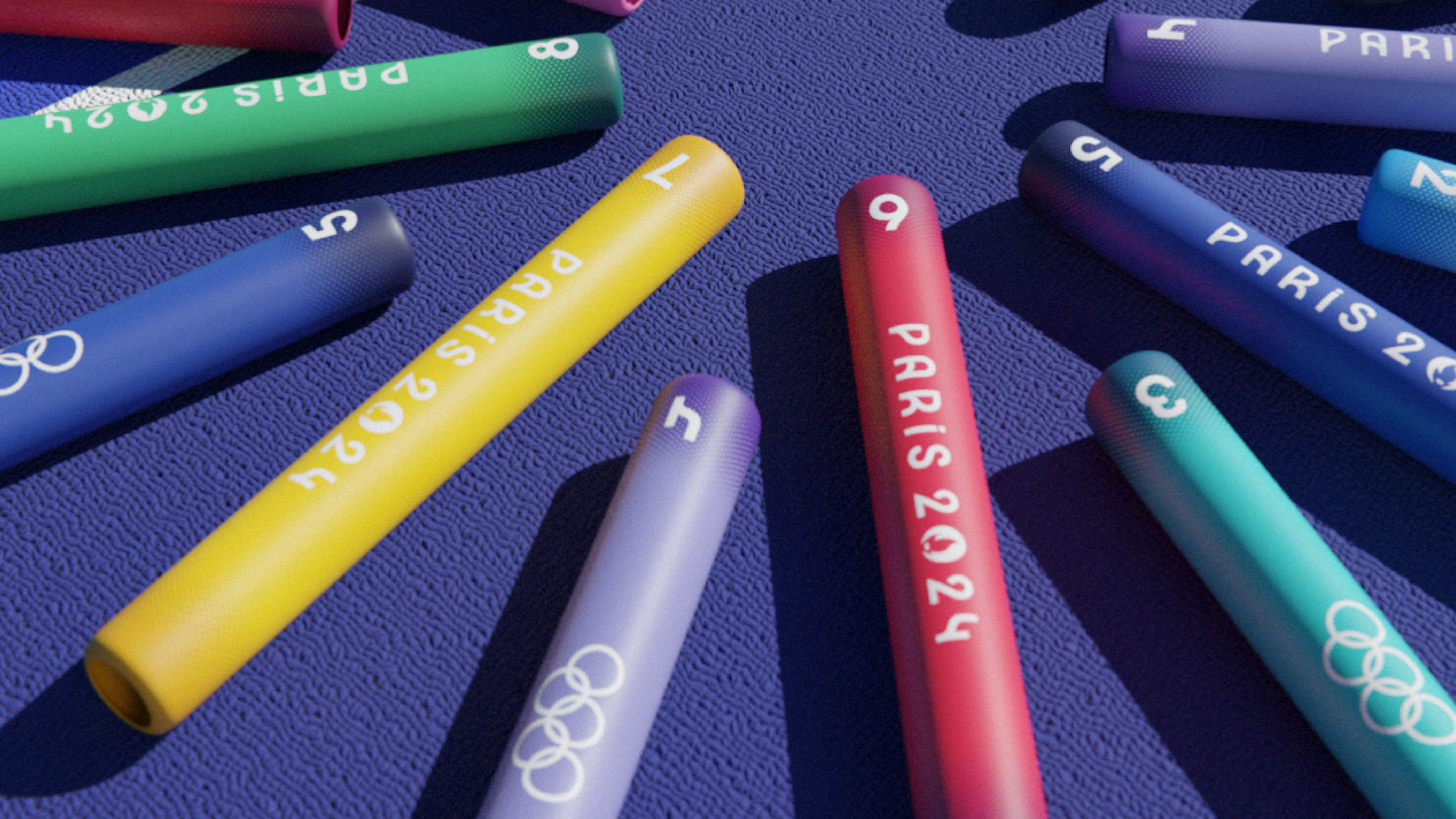
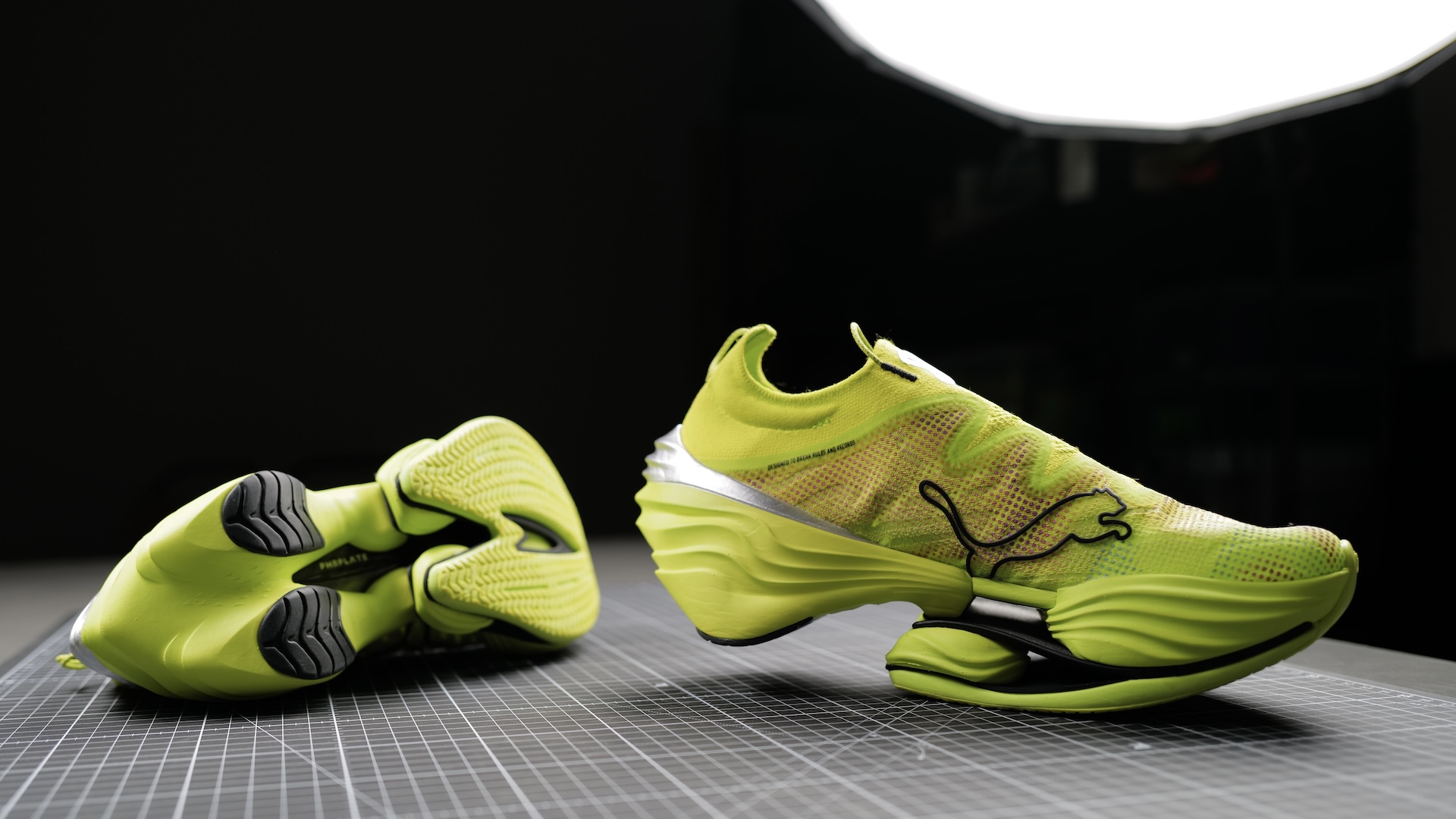

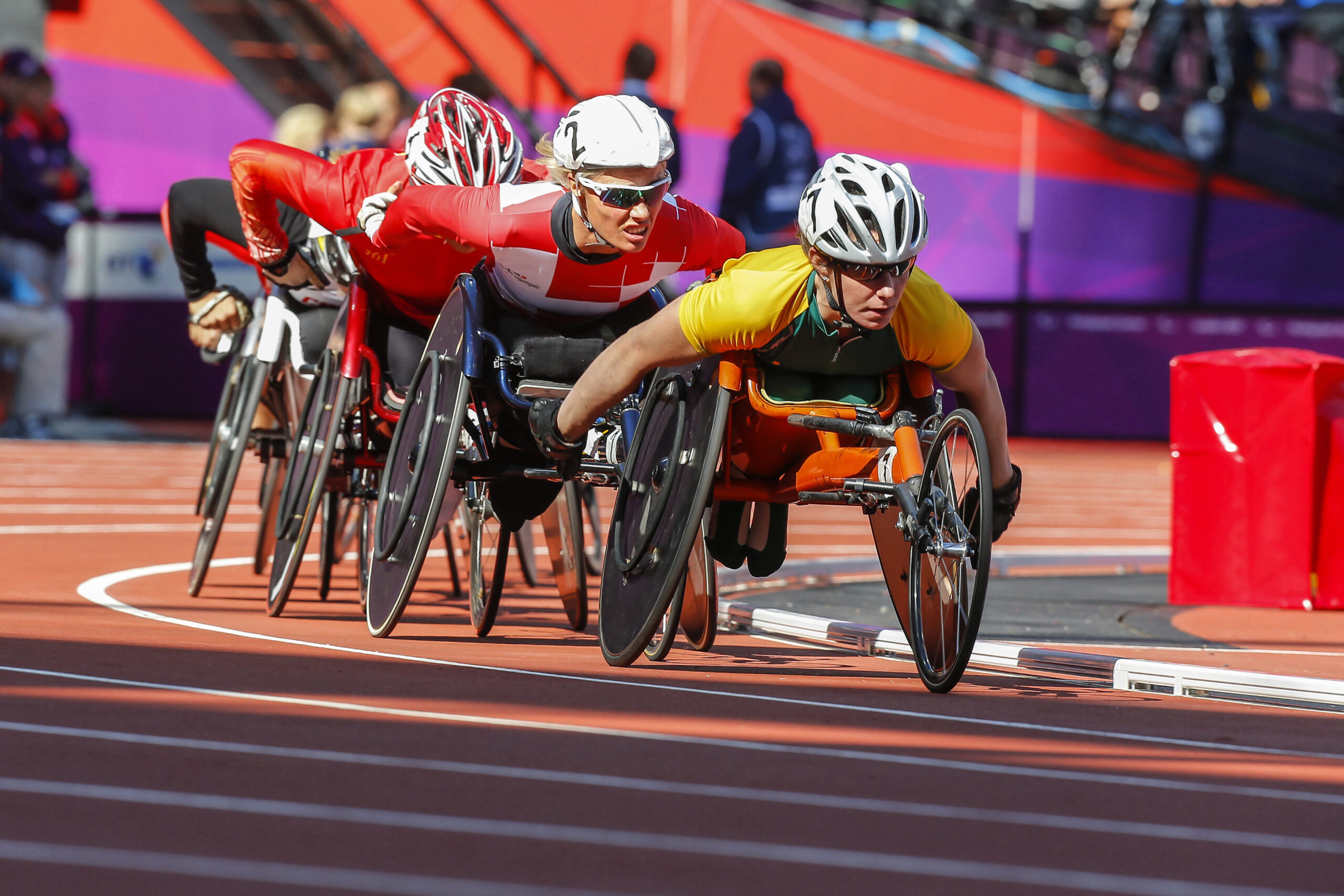
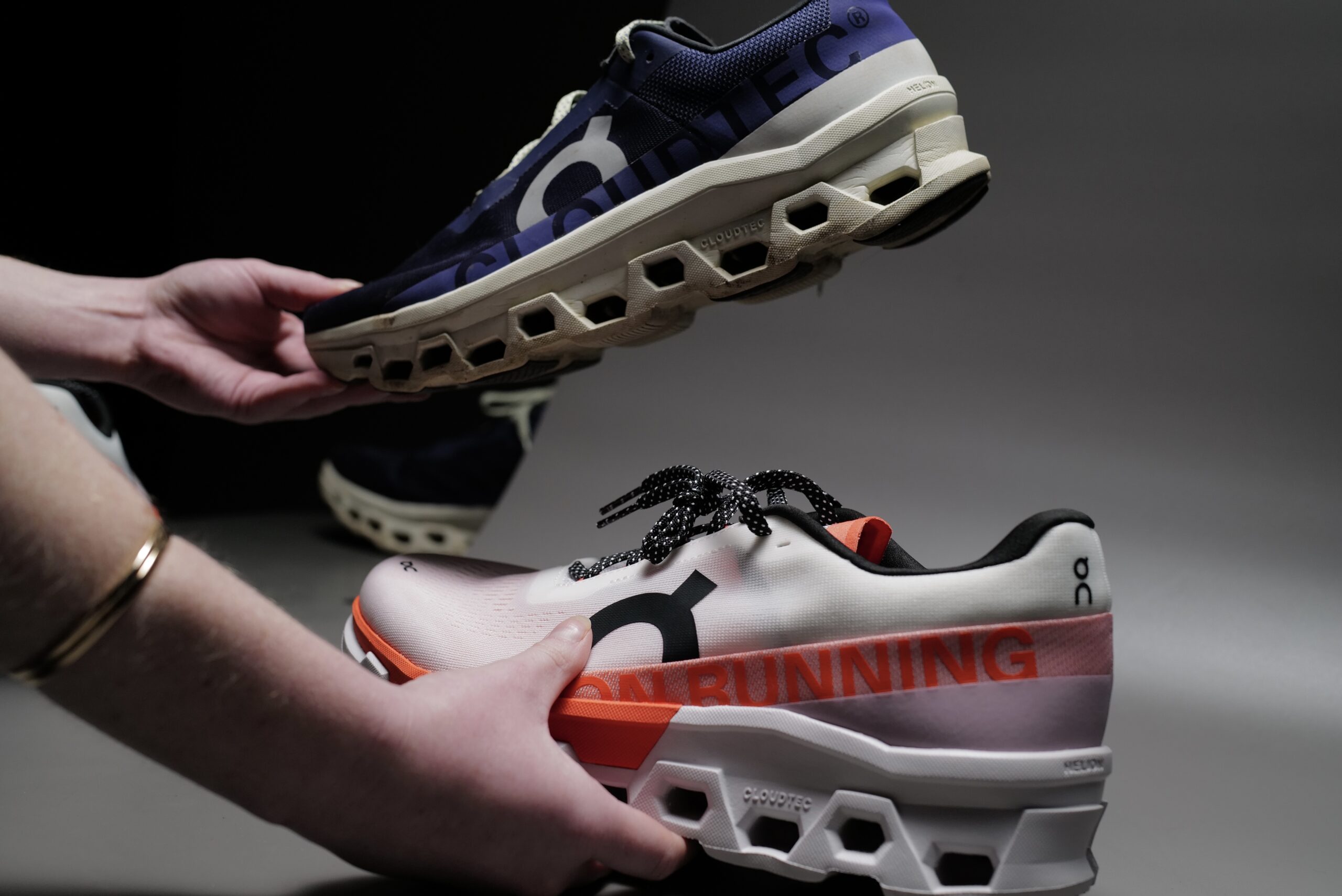
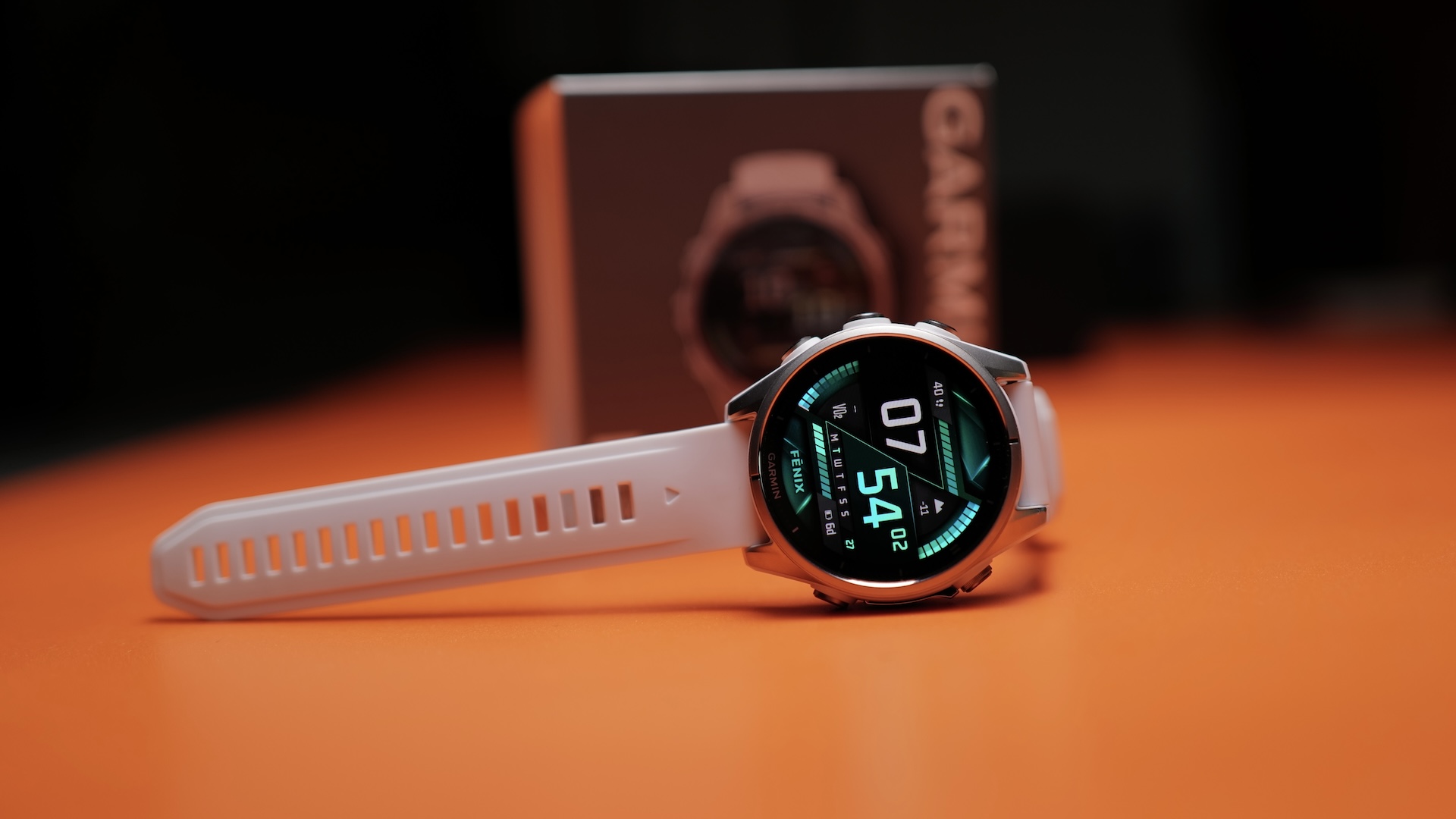

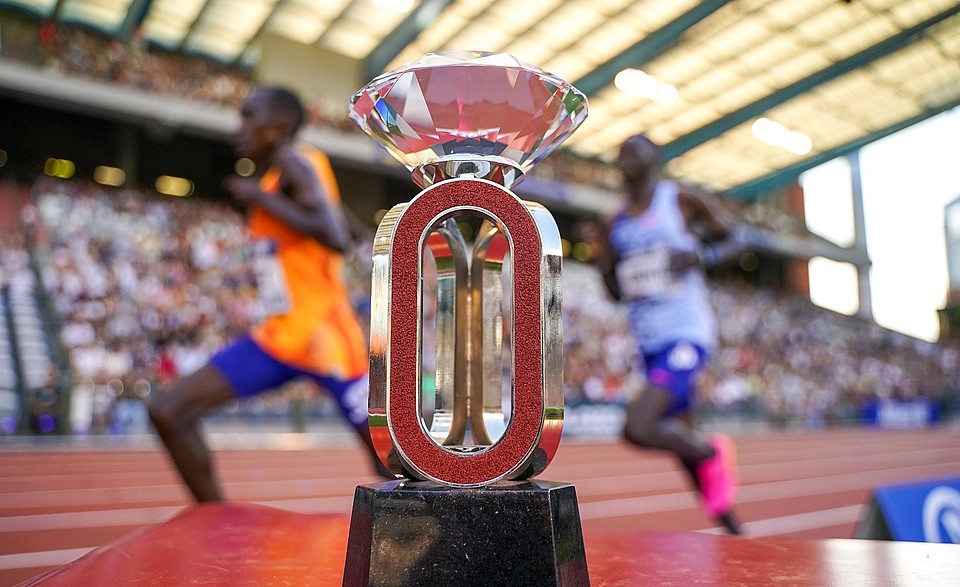

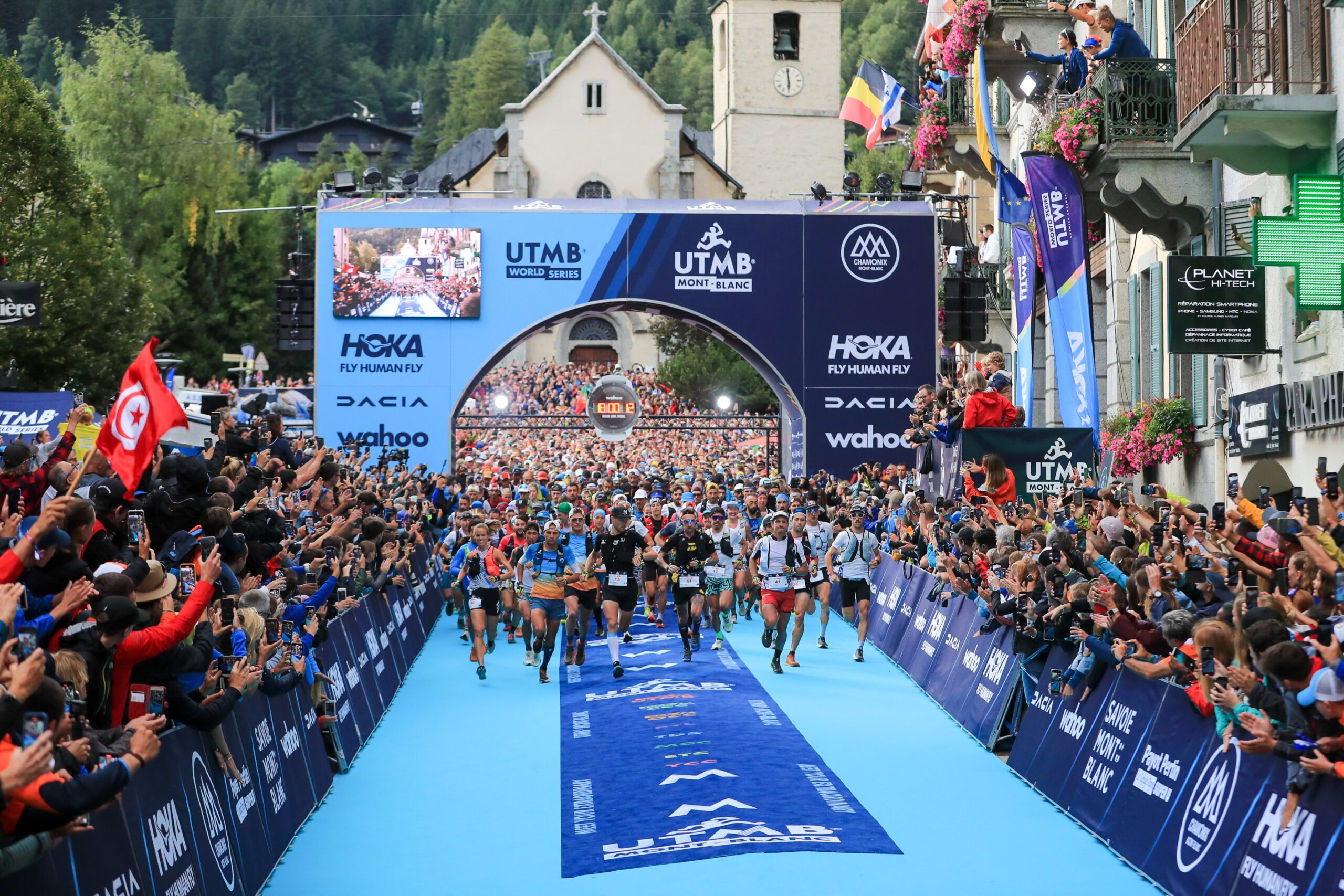
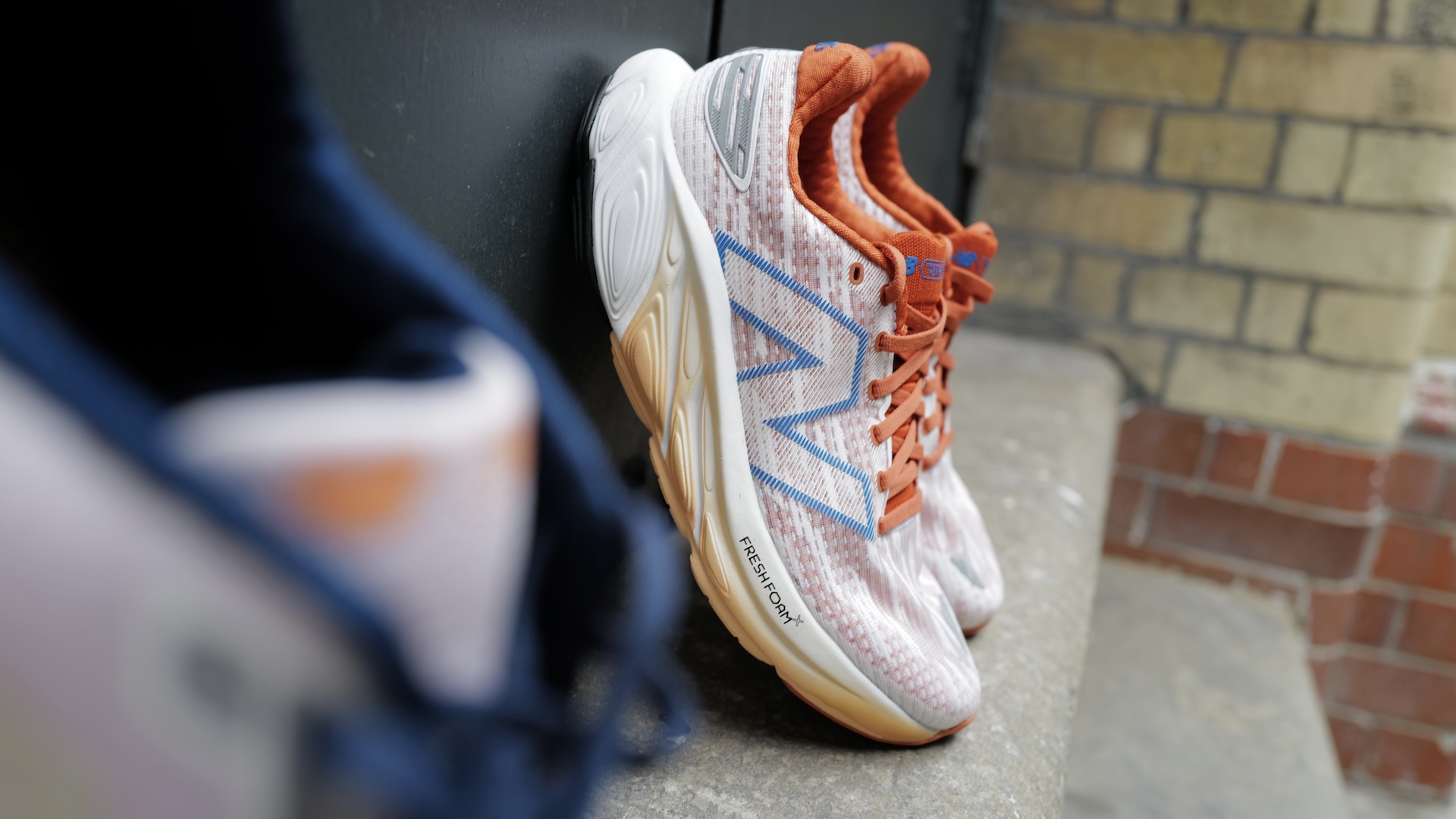
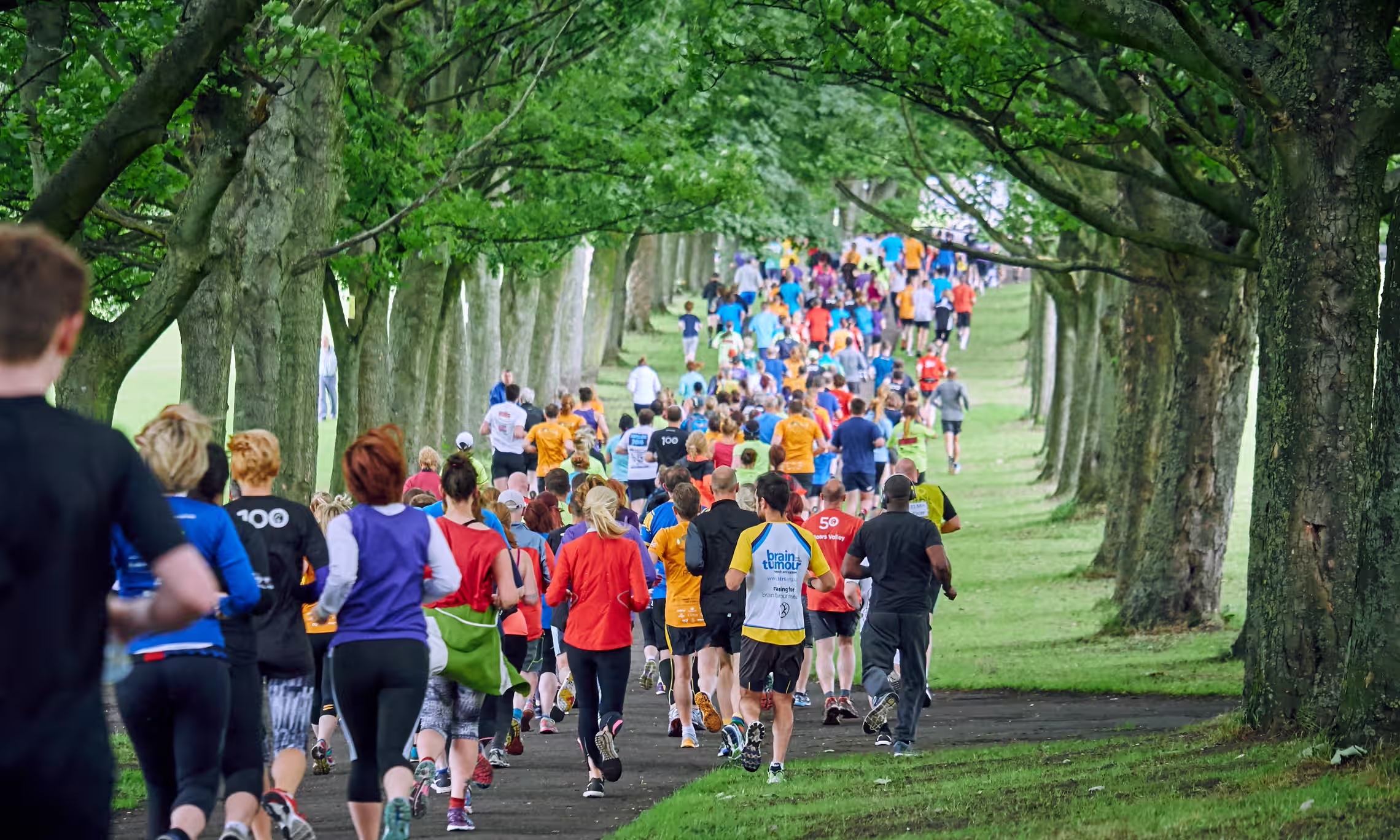
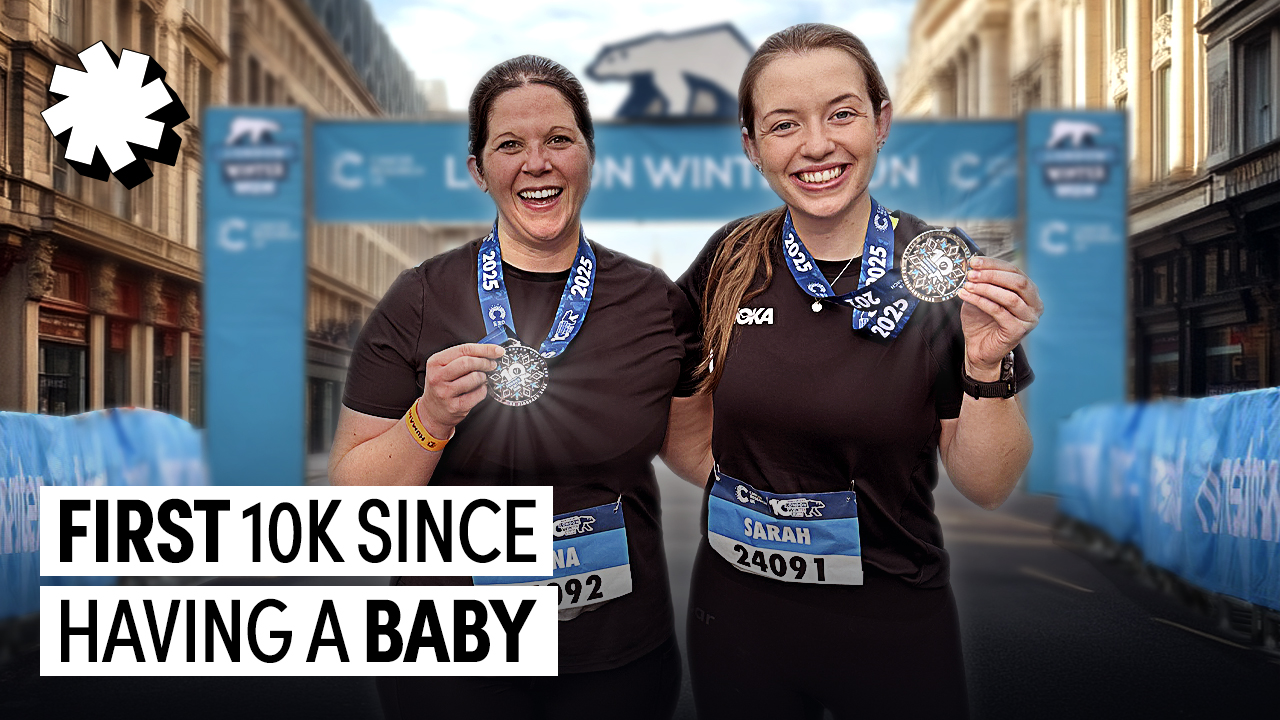

Running News
Will A Woman Run A Four-Minute Mile? Research Says It’s Possible
Tadese Takele And Sutume Asefa Kebede Win The 2025 Tokyo Marathon!
Boston Marathon 2025 Medal Reveal And Celebration Jacket